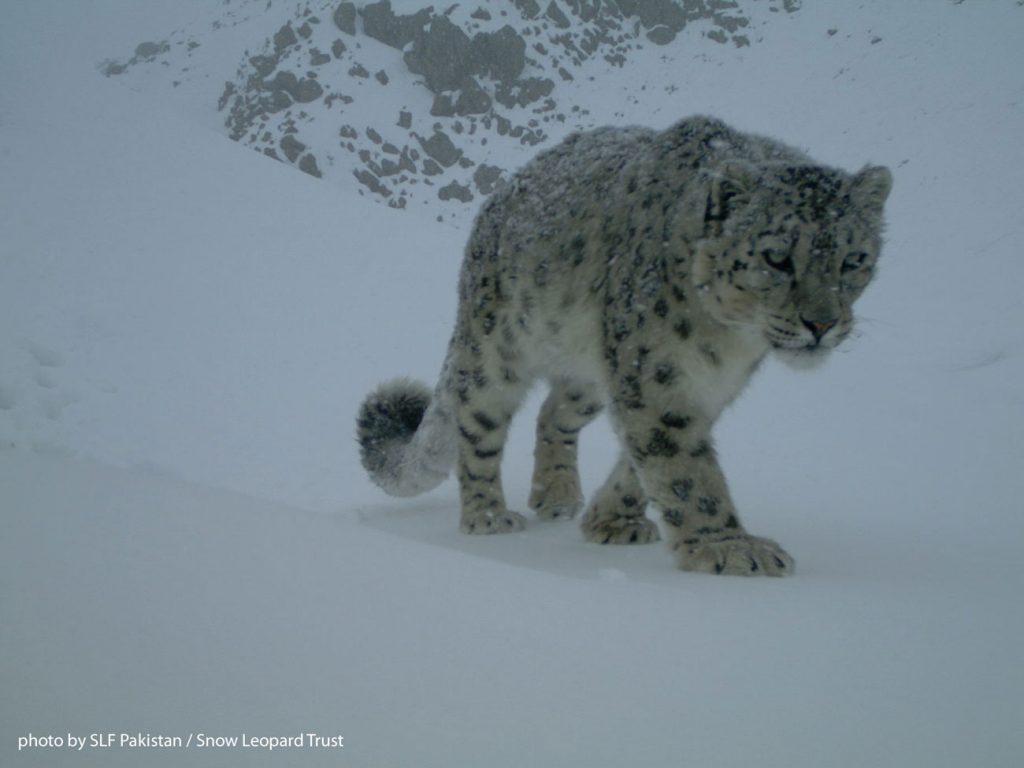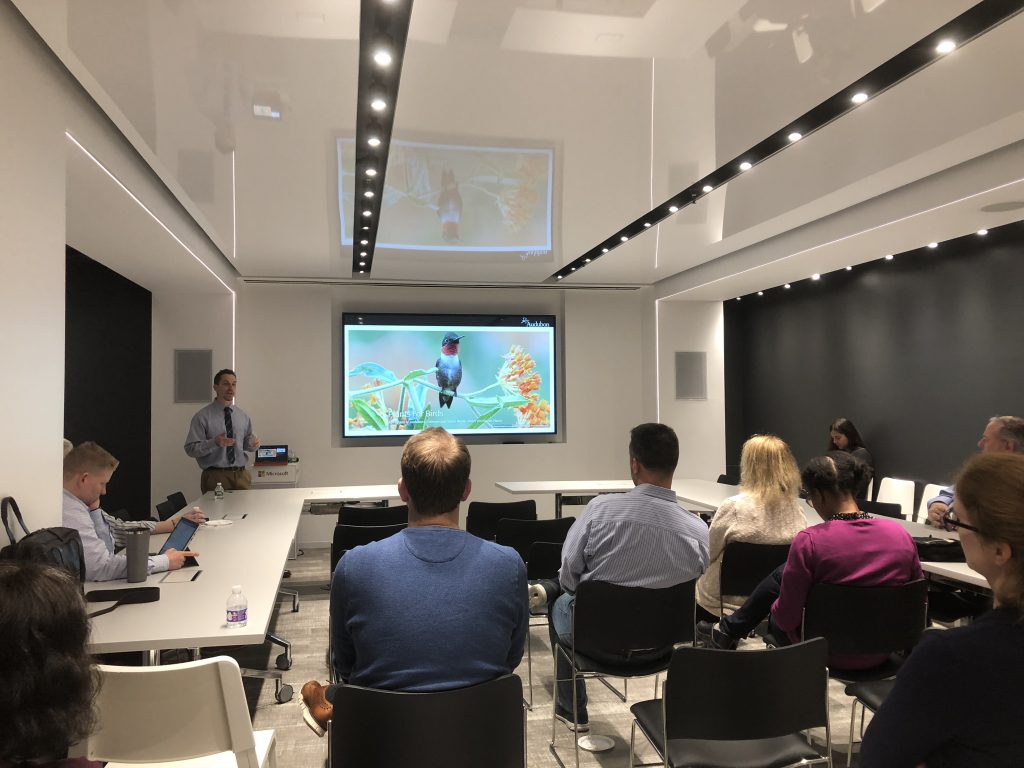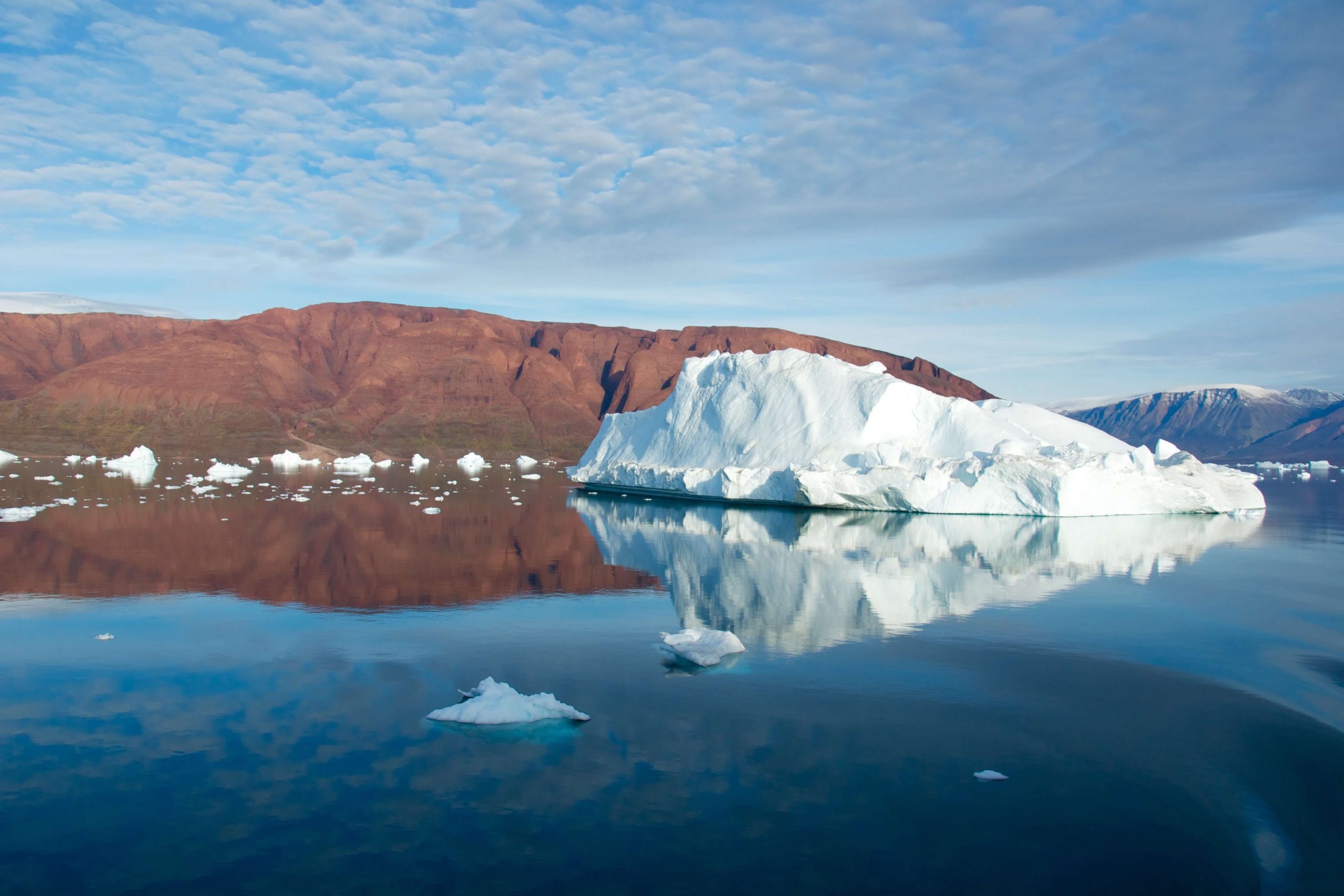By Rob Bernard, chief environmental strategist, and Lucas Joppa, chief environmental scientist
Every April 22, the world comes together to mark Earth Day. It’s an international day of action, on which millions of people around the globe pitch in to plant trees, clean up polluted waterways and recycle everything from tin cans to old smartphones. Each of these actions, no matter how small or localized, has a global impact.
We believe that the powers of human ingenuity and action are immense – and that artificial intelligence (AI) can be a force multiplier, accelerating research and unlocking new discoveries to the most pressing environmental challenges of our time.
The current state of biodiversity is certainly one of them. Rates of extinction are estimated to be at least 1,000 times faster than normal – and it’s getting worse. A new report shows species are now in trouble everywhere. Without immediate action, the world will face a catastrophic loss of global biodiversity in the next several decades.
Making these predictions even more alarming is just how much we don’t yet know about how these diverse plants and animals help maintain the delicate ecosystems that help support human life. Scientists have observed and described only around 1.5 million species of the estimated 10 million on earth. Some estimates are higher, up to 50 million or more.
This is a problem that people using advanced technology can solve, and Microsoft can help by improving access to and training on these technologies, inspiring and encouraging innovation and supporting the work of others. To celebrate this Earth Day, our company is sharing new stories about the power of AI, providing new ways to support this work and reiterating our commitment to the earth.

New stories of how AI is helping protect biodiversity
To inspire others and share learnings globally, we are launching a short series of stories featuring of individuals, partners and customers around the world that are using AI to chart a better future for the planet.
Are you curious to learn how AI can be effective in solving immediate problems, like protecting endangered and threatened species? Check out the story on Transform of how the Snow Leopard Trust is doing that now. The Snow Leopard Trust is tasked with protecting the fewer than 7,000 snow leopards left in the world – and they see AI as a critical piece of this important work.
Want to know what we’re doing to advance AI for Earth in your region? The Microsoft Green blog offers up profiles of some leading grantees doing work on biodiversity, and you can check out a new map of our more than 60 AI for Earth grantees working across more than 20 countries, or even apply for a grant if inspiration strikes. In addition, the EU Policy blog is spotlighting our brand new AI for Earth EU Oceans Award grantees, who are now applying AI to solve pressing issues like ocean acidification and changing tides.
Are you ready to get outside and get more involved? If you have a camera, you can help by sharing your citizen science observations with other amateur conservationists. Learn more about how citizen science can advance biodiversity and potentially lead to new discoveries in a Microsoft story about iNaturalist. With more than 8 million logged observations, this army of citizen scientists is changing the way field research is done. Now with Microsoft Azure and AI, iNaturalist is making it easier for both amateur and professional scientists to close the knowledge gap on biodiversity and enable precision conservation.

New ways for everyone to make a difference this Earth Day
From your browser to your in-store browsing experience, we are making it easy for you to get engaged.
If you’ve been searching on Bing or shopping on Microsoft Store, you probably have Rewards points. If you’re not already signed up, now is a good time – now through the end of April, you can use your points to help protect the environment and save threatened species! In honor of Earth Day, you can donate your Rewards points to The Nature Conservancy or the World Wildlife Fund (WWF) and Microsoft will match your donation.
We’re not only working to make the Internet more rewarding for species, we’re also working to make it safer. Our Bing Ads team has policies in place to prevent advertising for threatened or endangered animals and products. This year, Microsoft joined with WWF and others to create the Global Coalition to End Wildlife Trafficking Online, committed to reducing wildlife trafficking online by 80 percent by 2020.
Fans visiting Microsoft Stores will find our employees dressed in green, ready to share information about everything from recycling your devices to how AI is enabling individuals and organizations to achieve more this Earth Day. And while you’re there, they will help you plant some new seeds in your “Minecraft” farm, too.
Our employees are also getting in on the action. This year, Earth Day coincides with National Volunteer Week. We’re encouraging all employees to become a citizen scientist by using iNaturalist, either as individuals or organizing a BioBlitz at all of our campuses. We will match these hours logged, adding to our employees’ strong track record in this space. In 2017, Microsoft employees donated over $1.2 million and volunteered 8,000 hours for environmental causes and organizations.

Microsoft continues its work on environmental priorities
While we are working hard to empower others, we know that our corporate leadership is also necessary. As a global technology company, our actions can make a substantial difference – in lessening our environmental impact, encouraging other companies to act and driving market changes at scale. We’re using our own Microsoft Azure and AI tools in Puget Sound and other campuses to run more energy-efficient buildings, improve the efficiency of our datacenters and track our progress on core commitments like carbon neutrality and zero-waste. This allows us to operate more sustainably while also testing new innovations we can then share with our customers.
In addition, we’ve taken steps in the past year on critical issues like carbon, energy and water. You can see these activities by exploring this map of our global sustainability fund investments and below:
- Launched AI for Earth in July and expanded our commitment to that program with a new $50 million investment in December that is already supporting the work of more than 60 grantees in more than 20 countries;
- Continued to operate 100 percent carbon neutrally across our global operations, which we’ve done since 2012;
- Announced a new pledge to reduce our operational carbon emissions 75 percent by 2030, against a 2013 baseline;
- Met our goal to power our datacenters with 50 percent renewable energy by 2018, ahead of schedule, and made significant progress toward our next target;
- Signed milestone energy agreements, including the largest corporate solar agreement in the United States, the largest rooftop solar agreement in Singapore and the first corporate power purchase agreement in Ireland;
- Announced a path forward to buy 100 percent carbon-free energy to power much of our Puget Sound campus;
- Announced plans to build the first net-zero water tech campus in Silicon Valley, which will also meet LEED Platinum certification and feature a 4-acre living roof to help reintroduce native ecology and promote species diversification in the local habitat.
Of course, there’s much more to be done, and we hope you will join us this Earth Day by getting involved, outside and online. Whether it’s donating to your favorite environmental cause via our store or helping to protect biodiversity by supporting, or even becoming, one of our AI for Earth grantees, we all have a role to play.

